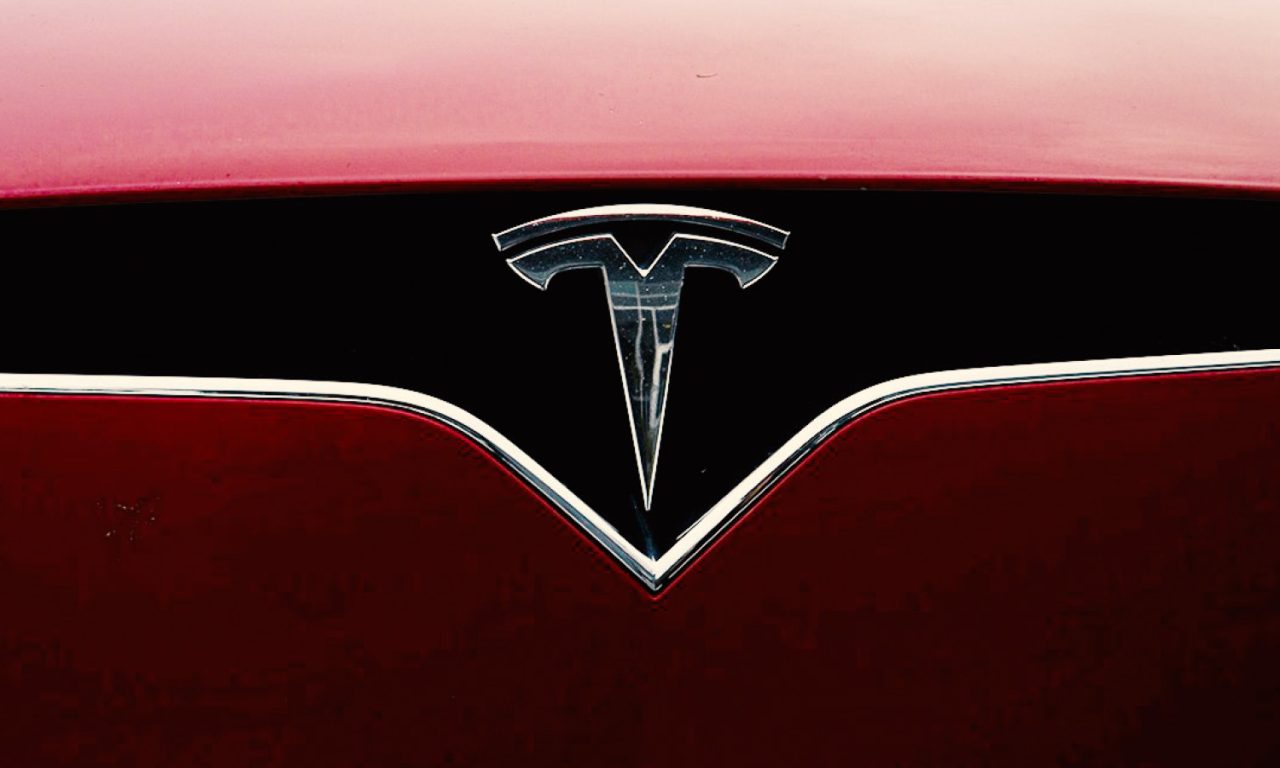One of the great investment success stories of the last 25 years has been the exchange-traded fund (ETF), which got under way in the early 1990s as a vehicle offering access in one listed stock, to the entire stock market through tracking an index.
Gone were the worries of paying “active” management fees and failing to beat the index’s performance: now, you could simply receive whatever return the index generated, after fees. You wouldn’t beat the index – but you wouldn’t under-perform it either.
The concept took off, and was replicated in virtually every other asset classes.
From there it was a short step to creating ETFs to track (and give the investors the return of) narrow sectors of the economy or even specific industries.
The ETF also became the perfect vehicle to capture investment “themes,” or strong technological, industrial, economic or demographic drivers that are capable of having a huge effect on investment markets.
The investors had to accept that they were leaving behind the mainstream index world, and buying an ETF over an index that itself was created to track a particular theme, but as an instrument for making a targeted investment, ETFs have become very popular.
A great example is the electric-vehicle/clean-energy thematic. There are a lot of stocks that benefit from this theme – Tesla is the obvious one – but how do you choose them? And if you’re worried about volatility in Tesla (or profitability), how do you diversify?
It’s a timely question in the wake of Tesla’s “Battery Day” event, which was held recently (September 22). The day was a showcase for Elon Musk to show off his company’s latest battery improvements. Tesla unveiled plans to develop a “million-mile” battery that could last an electric car’s entire lifetime on the road.
As a way of dialling-up enthusiasm for electric vehicles, it was a master-stroke.
No-one was asking the tough questions, which for me, revolved around two.
First, where is the massive increase in electricity generation coming from that is going to power the hundreds of millions of new electric vehicles that are coming to the world’s roads?
Second, is there enough of the materials that the world will need to make the batteries for these electric vehicles – enough lithium, enough cobalt, enough manganese, enough cadmium, enough neodymium, enough dysprosium, for the growth that Musk projects? We’re probably going to be OK for the copper and nickel needs, but some of the others are not exactly plentiful. Musk tends not to talk about this – nobody does, really – and while it’s true that technological advances might provide substitutes and alternatives, the scarcity of materials could very well be a major constraining problem on batteries, at least in the form we know.
Aside from those questions, sure, electric vehicles and batteries/energy storage is a very big investment theme.
For those that want to follow it, ETF Securities has created a one-stop security – its Battery Tech & Lithium ETF (ASX code: ACDC). This ETF offers in one stock, exposure to the energy storage and production mega trend, including companies involved in the supply chain and production for battery technology and lithium mining. This is not just an electric-vehicle story: demand for energy storage is being driven by the movement towards carbon-dioxide emissions reduction and renewable energy, such as solar and wind.
There is a stock market index that has been developed to track the performance of the listed companies around the world that are involved in this business, either as developers and providers of electro-chemical storage technology, or mining companies that produce the metals that are mainly used in the manufacturing of battery-grade lithium batteries. This index is called the Solactive Battery Value-Chain Index, and the ACDC ETF is designed to give investors a return that tracks (before fees and expenses) the performance of this index.
At present, the top ten holdings of ACDC are:

Three ASX-listed lithium producers are there. In terms of countries, 42.6% of the portfolio is in Japan, 22.3% is in the US, 11.6% is in South Korea and 10.7% is in Germany.
The ETF, which was launched on 30 August 2018, is hedged into Australian dollars, so that currency fluctuations do not affect investors’ returns. Over the year to 31 August, the relative performance (in A$) was:
ACDC ETF 35.6%
Solactive Battery Value-Chain Index 38.6%
MSCI World Net Total Return Index 6.4%
So, over the year, the ACDC ETF performed slightly below its index, but more than 5.5 times better than an investment in global shares.
The story – as in the reason why you would buy this stock – is to get very easy and simple access to the potential growth across the battery technology megatrend. In the one stock, you get to invest in a diverse range of industries spanning the globe, and in a group of 29 companies (at present) that represent a range of both established companies and emerging technologies. The ACDC ETF can be used as a core holding or as a portfolio “tilt.”
ACDC is managed for 0.69% a year. In the 12 months to 31 August, there was a dividend yield of 1.3%, but this is not meant to be an income stock – it is a way to “play” a rapidly growing mega-trend in a diversified way.


